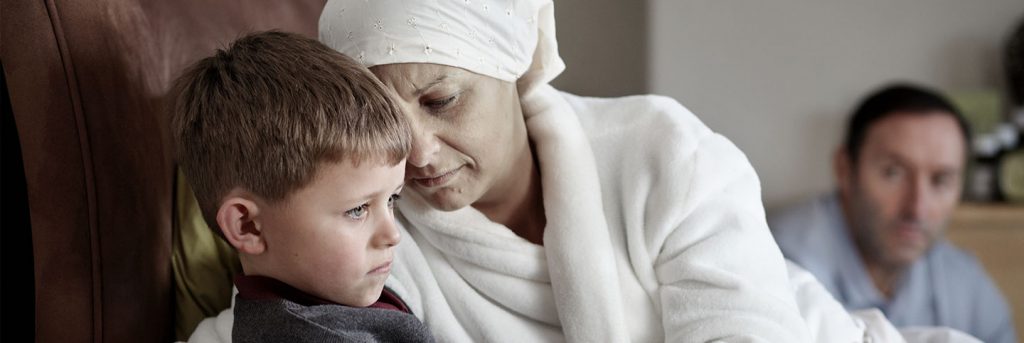Quitting smoking is one of the best things you can do for your health.
Up to 2 in every 3 people who smoke will die early from smoking…but the more you smoke and longer you wait to quit the worse the risks.
Tobacco smoke is full of thousands of toxic chemicals which harm every part of our body. The risks are the same whether you smoke cigarettes or roll ups.
Click on the circle highlights to see conditions caused by smoking
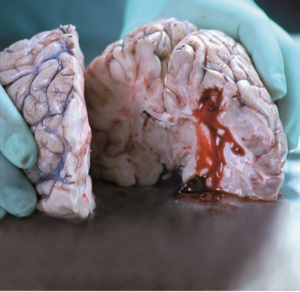
Brain
Stroke – Smoking causes blood clots, raises blood pressure and doubles the risk of having a stroke
Dementia – Smoking is one of the main risk factors and increases your risk of Alzheimer’s disease.
Stress and anxiety – smoking worsens stress and anxiety. Quitting can have the same impact as taking anti-depressants.
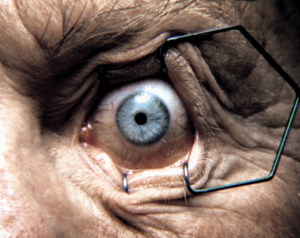
Eyes
Smoking can lead to vision loss and blindness. It causes serious eye conditions like cataracts and macular degeneration.
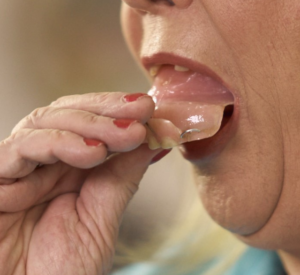
Mouth
Smoking mutates our cells and increases the risk of 16 types of cancer, including mouth cancer
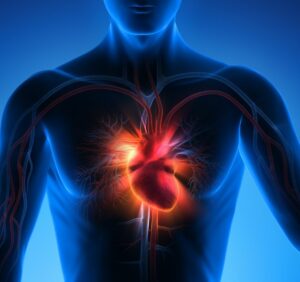
Heart
Every cigarette makes fatty deposits stick to your arteries. This reduces blood flow to the heart and increases your risk of having a heart attack.
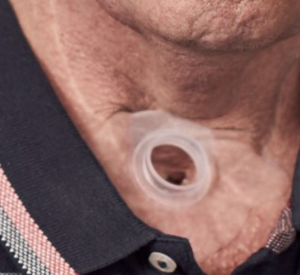
Neck
Smoking mutates cells and increases the risk of 16 types of cancer – including cancers of the neck, throat and oesophagus.
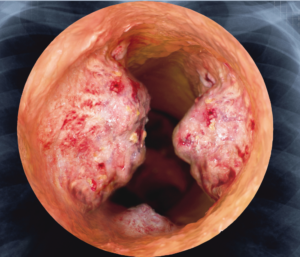
Lungs
COPD is a disease where the lungs are damaged and is mainly caused by smoking. Feeling short of breath and/ or a cough are symptoms. Find out about smoking and COPD.
Lung cancer: tobacco mutates cells and is the leading cause of cancer deaths and is mainly caused by smoking. Find out more about Smoking and Cancer
Asthma – smoking increases your risk of asthma symptoms and asthma attacks.

Respiratory system
Smoking can lead to regular winter illnesses. It harms your immune system and can worsen respiratory infections such as colds, flu, pneumonia and Covid. Find out about smoking and COPD.
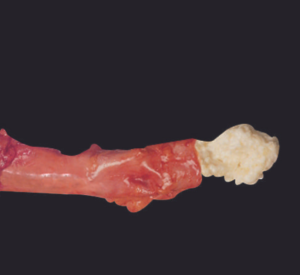
Arteries
Smoking hardens the arteries and can cause high blood pressure. This raises the risks of heart attack and stroke.
Reproductive system
Smoking causes mutations in cells which cause cancer – including cancers of the bowel, bladder, ovaries and cervix.
Smoking can cause impotence in men and can lead to infertility in men and women. It can also cause birth defects in babies.

Liver, stomach, pancreas, kidney
Smoking mutates cells and increases the risk of cancers, including cancers of the liver, stomach, pancreas, diabetes and kidney
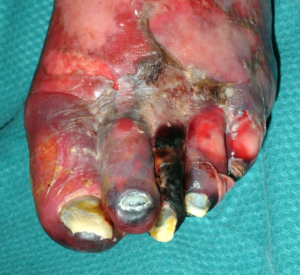
Legs
Smoking can lead to severe leg pain, reduced mobility and even amputation through Peripheral artery disease (PAD).
PAD is where cigarette smoke narrows your arteries and reduces blood flow to your limbs. With PAD your legs or arms don’t receive enough blood flow, which can lead to pain and even gangrene and amputation.
Smoking harms your body in so many ways
Find out more below
Cancer

Smoking causes 16 different types of cancer. It is the biggest cause of cancer in the world. Lung cancer kills around 35,000 people every year in the UK. Smoking also causes cancers of the mouth, nasal cavity, throat and voice box, stomach, kidney, bowel, liver, pancreas, urine tube, oesophagus, cervix (lower womb), bladder and ovaries and myeloid leukaemia.
Find out more about smoking and cancer.
COPD (bronchitis or emphysema)
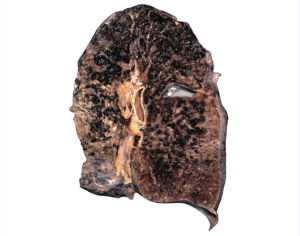
COPD is a disease where the lungs are damaged. Feeling short of breath, a chronic cough and wheezing are early warning signs. These can sometimes be worse in the winter. COPD is the UK’s 5th biggest killer and is mainly caused by smoking. The chance of COPD increases the more you smoke and the longer you’ve smoked for. COPD can develop from the age of around 40.
Find out about smoking and COPD.
Heart attack and stroke

Smoking increases your risk of developing heart attacks and stroke. The chemicals in cigarettes make the walls of your arteries sticky, making fatty material to stick to the walls. If the arteries that carry blood to your heart get clogged, it can lead to a heart attack. If the arteries that carry blood to your brain get clogged, it can lead to a stroke. Smoking also raises your risk of blood clots, causes an instant rise to your heart rate and blood pressure.
Dementia
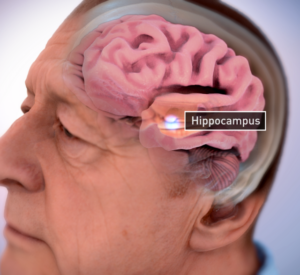
There is strong evidence smoking can increase your risk of dementia.
The two most common types of dementia, Alzheimer’s disease and vascular dementia, are both linked to problems with your heart and blood vessels. Smoking increases these risks via strokes or smaller bleeds in the brain, which are also risk factors for dementia.
Toxins in cigarette smoke increase oxidative stress and inflammation, which have both been linked to developing of Alzheimer’s disease.
(Image: National Institute on Aging, National Institutes of Health)
Diabetes

Smoking raises the risk of type 2 diabetes. Diabetes is where sugar (glucose) in the blood becomes too high.
Smokers with diabetes are even more at risk of heart disease, kidney disease, eye problems. Smoking also raises the risks of poor blood flow in the legs which can lead to infections, ulcers, and even amputation of a limb, such as a leg.
People with diabetes who smoke are also more prone to damaged nerves to the arms and legs. This can cause numbness, pain, weakness, and poor coordination.
Eyesight

Smoking doubles the chances of losing your eyesight. It can lead to age-related macular degeneration (AMD) – one of the UK’s leading causes of sight loss.
Smoking can also lead to cataracts which results in cloudy or blurry vision.
Fractures
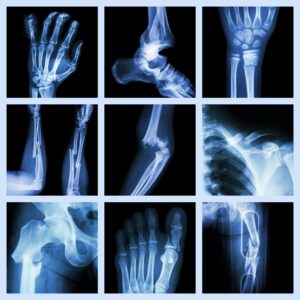
Smoking leads to weaker bones and in older age raises the risks of osteoporosis (where bones become more brittle), fractures, back pain and degenerative disc disease.
Flu and pneumonia

Smoking harms the immune system. People who smoke are more vulnerable to Covid, more likely to develop influenza and worse flu symptoms.
People who smoke are also twice as likely to get pneumonia compared to non-smokers and have an increased chance of suffering pneumonia after surgery.
Children
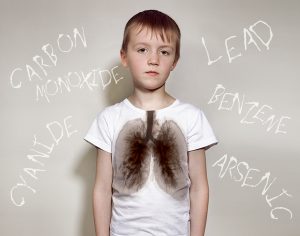
Secondhand smoke harms babies and children.
Smoking around children raises their risk of respiratory infections, worse asthma symptoms, more coughs, phlegm and wheezing, and increased risk of cot death and glue ear.
Pregnancy

Every cigarette you smoke contains thousands of toxic chemicals. This means smoking when you are pregnant harms your unborn baby.
Stopping smoking will mean you are more likely to have a healthier pregnancy and birth. It means your baby is less likely to be born early and less likely to spend time in hospital.
It will also reduce the risk of Sudden Infant Death.
